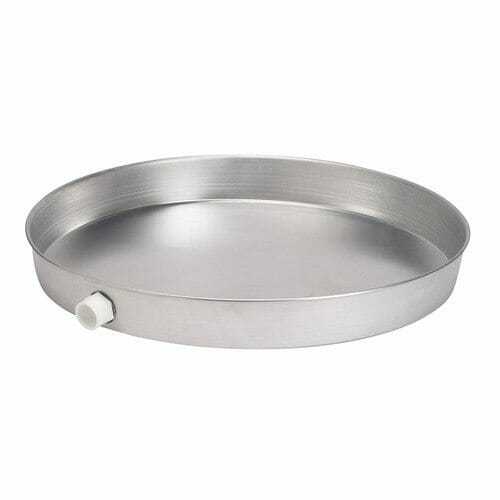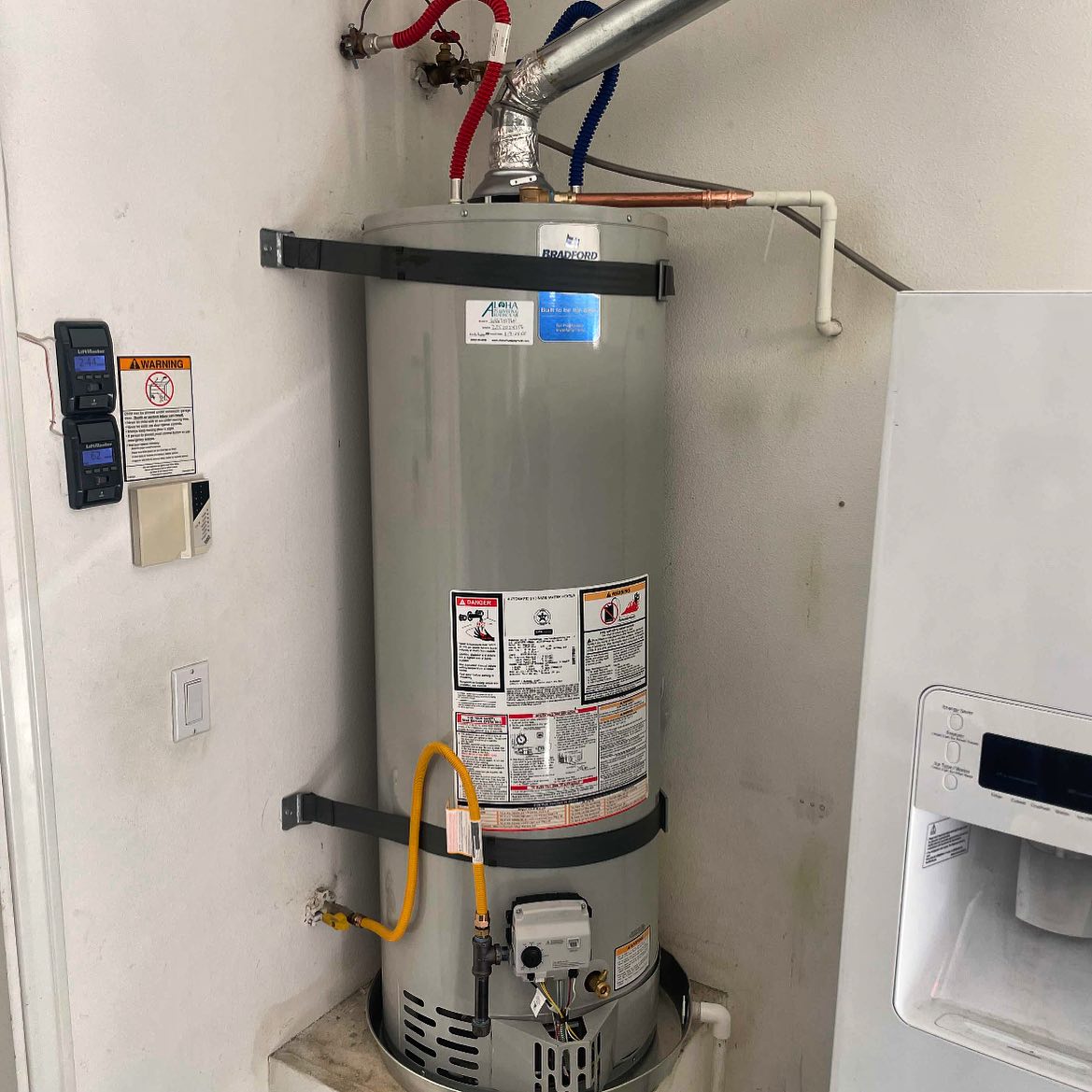Water Heater Pan


David Jones
Senior Contributor
David Jones is a seasoned home inspector and construction expert with over 20 years of experience. He specializes in structural integrity, foundation issues, and detailed home safety assessments.
View Full Profile →
What is a Water Heater Pan?
A water heater pan is a simple, yet essential, accessory for your water heater. It is a round or square pan made from metal or plastic that sits directly under your water heater. The primary purpose of this pan is to catch any water that may leak from the water heater, preventing water damage to your home. It typically features a side outlet to which a drain line can be attached, directing any collected water away from the heater and the home’s foundation or interiors.
The Importance of Water Heater Pans
The significance of a water heater pan lies in its role in home safety and damage prevention. Water heaters, like any appliance, are subject to wear and tear, and even small leaks can lead to significant problems. Water heater pans help with:
-
Preventing Water Damage: The most immediate benefit is the prevention of water damage to floors, walls, and other nearby structures. Water damage can lead to costly repairs and potentially foster the growth of mold and mildew, which are hazardous to health. In homes with multiple stories, a leaking water heater on an upper floor can cause particularly extensive damage to the levels below. A pan ensures that minor leaks are contained and directed away safely.
-
Compliance with Building Codes: Many local building codes now require the installation of water heater pans, especially in new constructions or during significant renovations. Ensuring your home is compliant can prevent legal and insurance issues.

What Happens if the Pan Is Missing?
The absence of a water heater pan can lead to several problems, particularly if a leak occurs. Without a pan, water can seep into the flooring and walls. Over time, persistent moisture can also lead to the growth of mold. Additionally, ignoring the requirement for a water heater pan can result in non-compliance with building codes, potentially affecting insurance claims or the resale value of the home.
Adding or Replacing a Water Heater Pan
Installing or replacing a water heater pan is a relatively straightforward process that can be accomplished with minimal plumbing knowledge. Here are the steps to guide you through the process:
-
Choose a pan that fits the size of your water heater. The pan should be slightly larger than the base of the heater to ensure all potential leaks are caught. It is generally recommended for the pan to be at least 2 inches wider than the water heater. This extra space ensures that any leaking water falls into the pan and not onto the floor. For example, if your water heater has a diameter of 22 inches, you should look for a pan that is at least 24 inches in diameter. Pan depth is recommended to be at least 1.5 to 2 inches. This depth is sufficient to catch water without the risk of overflow under most circumstances. However, if your area or specific installation site is prone to larger leaks or if the water heater is located in an area where damage from overflow would be particularly problematic (like over a living space in a multi-story home), you might consider a pan with a greater depth. For square or rectangular pans, ensure there’s a similar clearance around all sides. The concept is the same as with round pans; you want enough space to catch any leaks.
-
Installation: For new water heaters, place the pan directly under the unit before installation. For existing water heaters, you may need to drain and disconnect the heater to lift it and place the pan underneath.
-
Discharge (Drain) Line Attachment: Attach a drain line to the pan’s outlet. This line should lead to a suitable drainage area, such as a floor drain or an exterior location, to safely dispose of any collected water. Make sure that the discharge line does not drain into the home’s crawl space or into an area that will be subject to freezing conditions. The diameter of the drainage outlet also matters for fitting to the drain line, with a typical size being around ¾ inch to 1 inch.
-
Compliance Check: Ensure your installation meets local building codes. This may involve having the setup inspected by a professional.
Any rusted out or leaking pans should be replaced. When replacing the pan, avoid bending it.
If a pan is leaking or the drain from the pan is leaking onto the platform or nearby walls, then check for damage to the platform and nearby walls. Also look for stains or dark discolorations which may be an indication of mold or mildew.
While some homeowners feel comfortable undertaking this task themselves, others may prefer to hire a professional plumber to assess and correct the system. A plumber can provide advice on repairs or replacement and ensure that your water heater system is up to code and operating safely.
Prevention is Key
By catching leaks early, they prevent water damage, mold growth, and potential compliance issues. Whether you are installing a new water heater or seeking to upgrade your current setup, adding a properly fitted water heater pan is a wise and cost-effective decision. When it comes to home maintenance, the smallest measures can sometimes prevent the biggest problems.